9 Essential Tips for Regrowing Thinning Edges Fast
Restoring your hair's edges can enhance your natural beauty and boost your confidence.
Here, discover nine effective methods that nurture and revitalize your hairline with gentle care.
These tips provide a roadmap to healthier, fuller edges.
Reason of Thinning Edges
The chemicals in these products can weaken the hair’s internal structure.
This can lead to a condition called traction alopecia, which often affects the hairline.
Ingredients like alcohol, parabens, petrolatum, mineral oil, and chemical preservatives may have negative effects.
Why Are My Edges Thinning?
This type of hair loss is known as traction alopecia and commonly impacts the edges.
Tips to Regrow Edges
Healthy edges are within reach! Follow these nine simple tips to restore your edges, nurture your hairline, and embrace a fresh, revitalized look.
Tip #1: Limit Chemical Exposure
Try to avoid chemical hair treatments like dyeing, relaxing, or smoothing. This can reduce hair breakage and allow your hair to regain its natural strength, flexibility, and texture. Take a break from heat styling tools for a few months to give your hair space to recover and breathe.
Tip #2: Switch Up Your Hairstyle
Changing your hairstyle can help prevent hair loss linked to traction alopecia. Wear your hair down instead of constantly tying it back in tight styles like buns or ponytails. Also, consider skipping weaves or extensions for a while.
Tip #3: Choose Gentle Hair Products
Opt for shampoos and conditioners with mild, natural ingredients. Look for products containing natural oils and moisturizing elements, and avoid harsh chemicals like alcohol, parabens, artificial fragrances, and dyes. Use protective serums or sprays to shield your hair from pollution and UV damage.
Tip #4: Maintain a Balanced Diet
Nutrient deficiencies can contribute to hair loss. Eating a protein-rich diet with essential vitamins, minerals, and healthy fats supports healthy hair. Include fresh fruits, leafy greens, seeds, nuts, fish, meat, dairy, and whole grains for a balanced diet that benefits your scalp, hair, and overall wellness.
Tip #5: Consult a Hair Specialist
If you’re concerned about recent hair loss, consult a trichologist, a specialist in scalp and hair health. They can provide tailored advice and treatments to support your hair care journey.
Tip #6: Try Peppermint Oil
Peppermint oil has antibacterial, anti-inflammatory, and circulation-boosting properties. Combine 2-3 drops of peppermint oil with two tablespoons of a carrier oil, like olive or jojoba, and massage it into your hairline.
Tip #7: Keep Hair Hydrated
Dry, brittle hair is more likely to break, so keep it hydrated. Use nourishing treatments, plant butters, and natural oils like olive and jojoba to keep your hair soft and smooth.

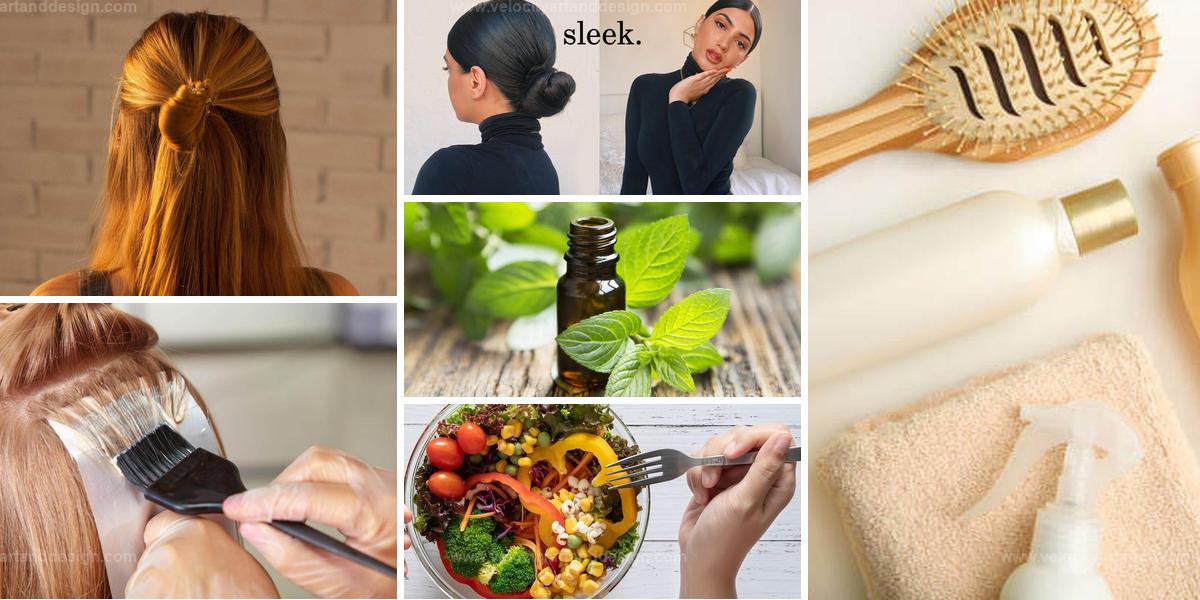
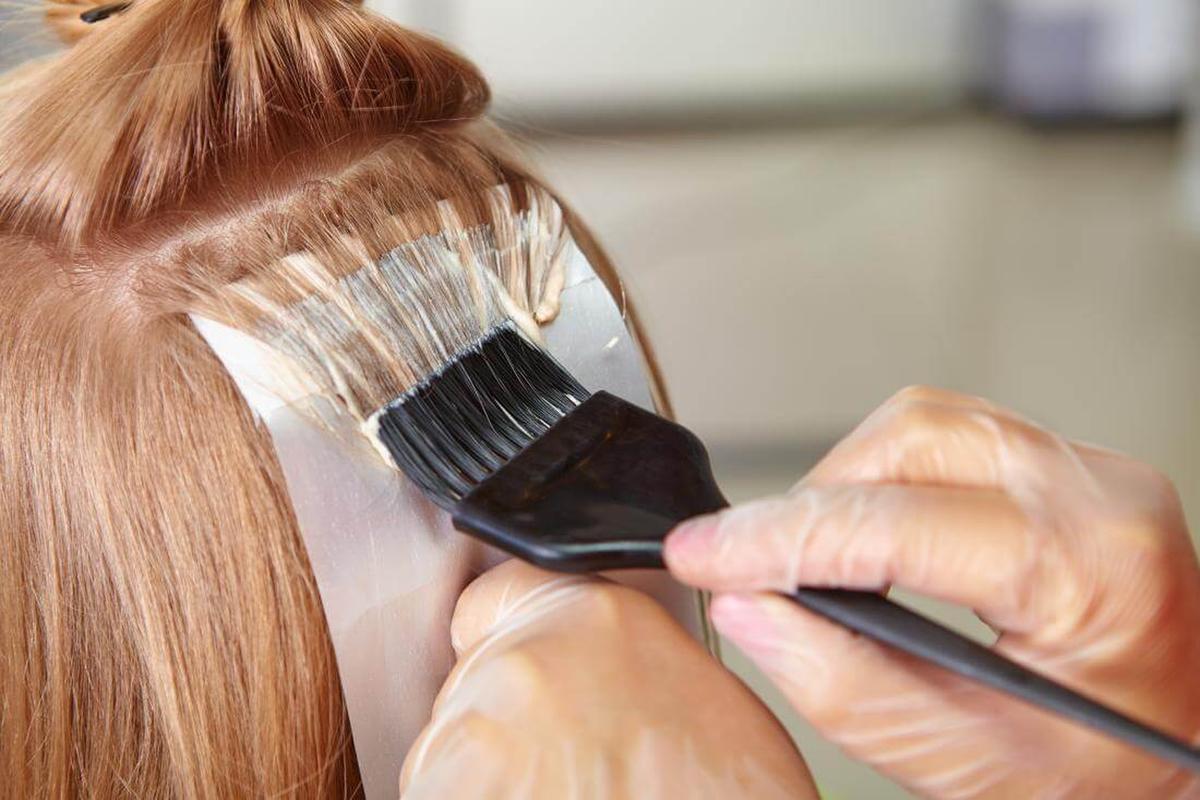

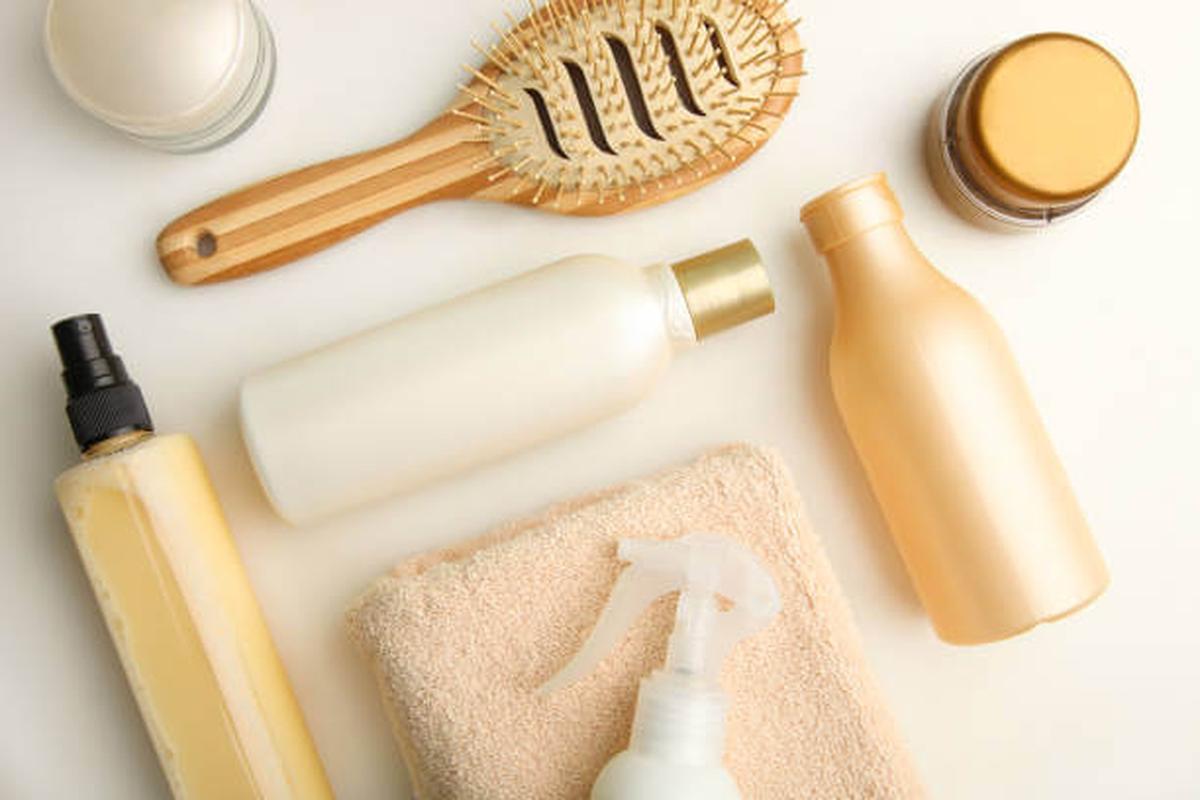

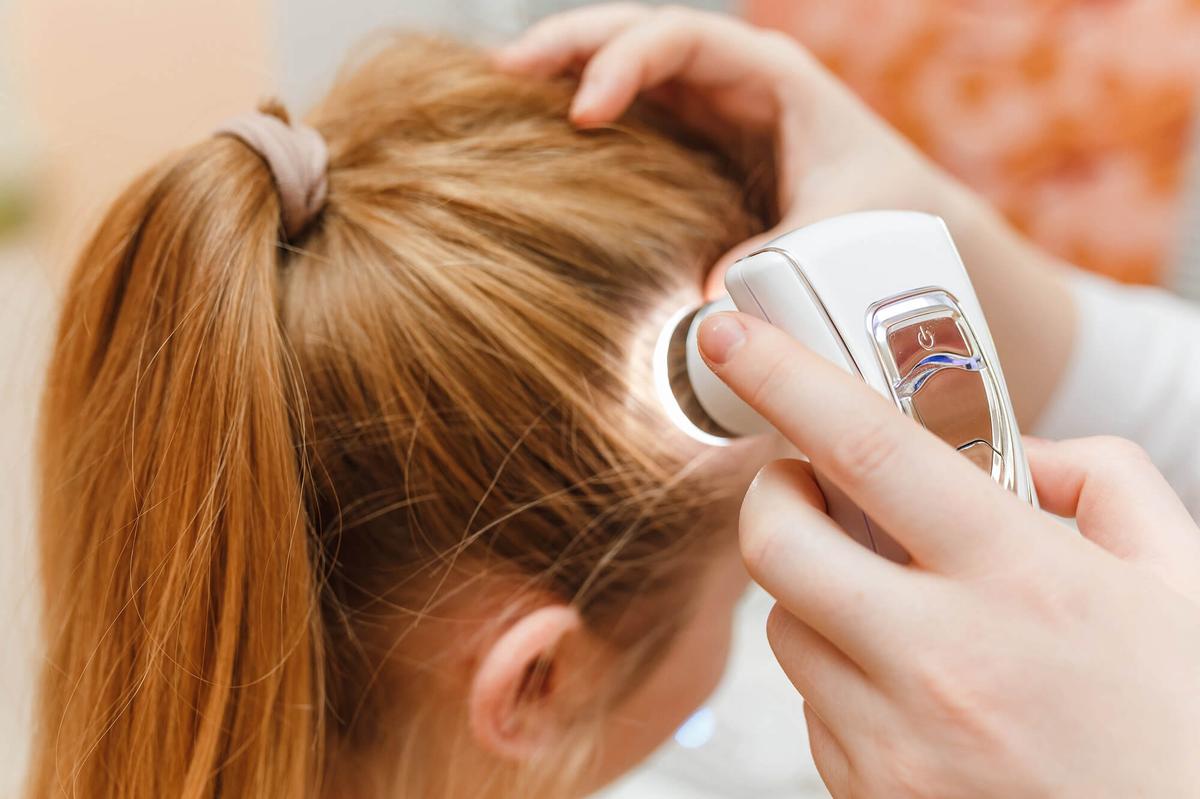
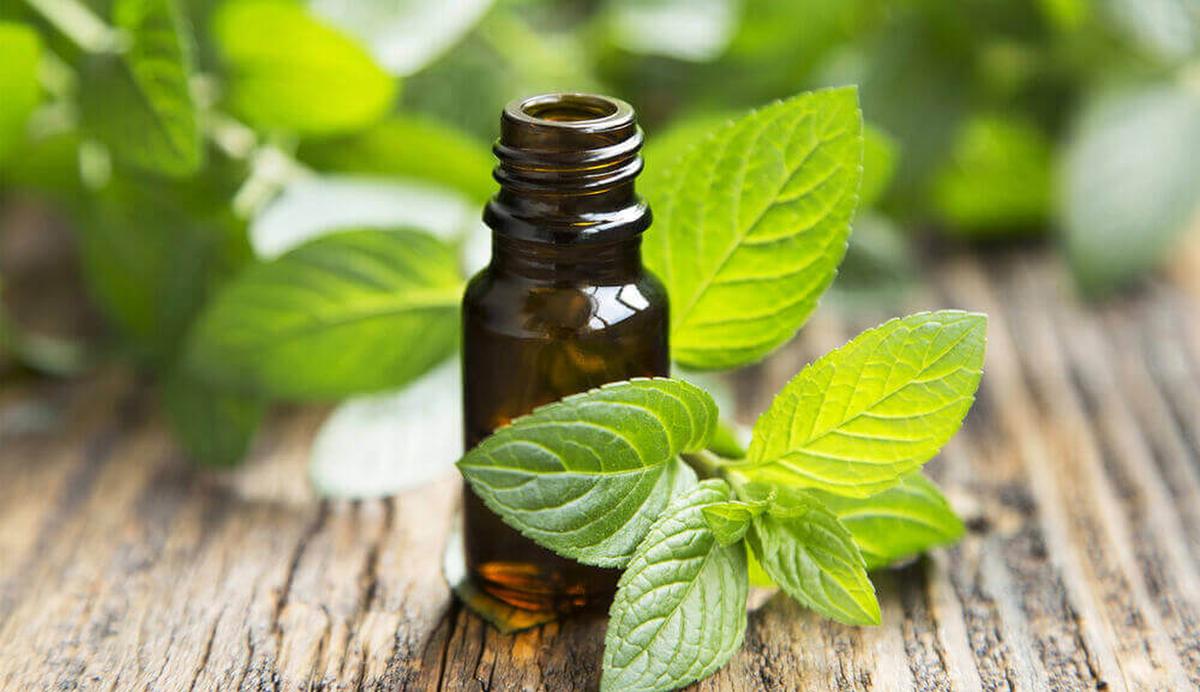
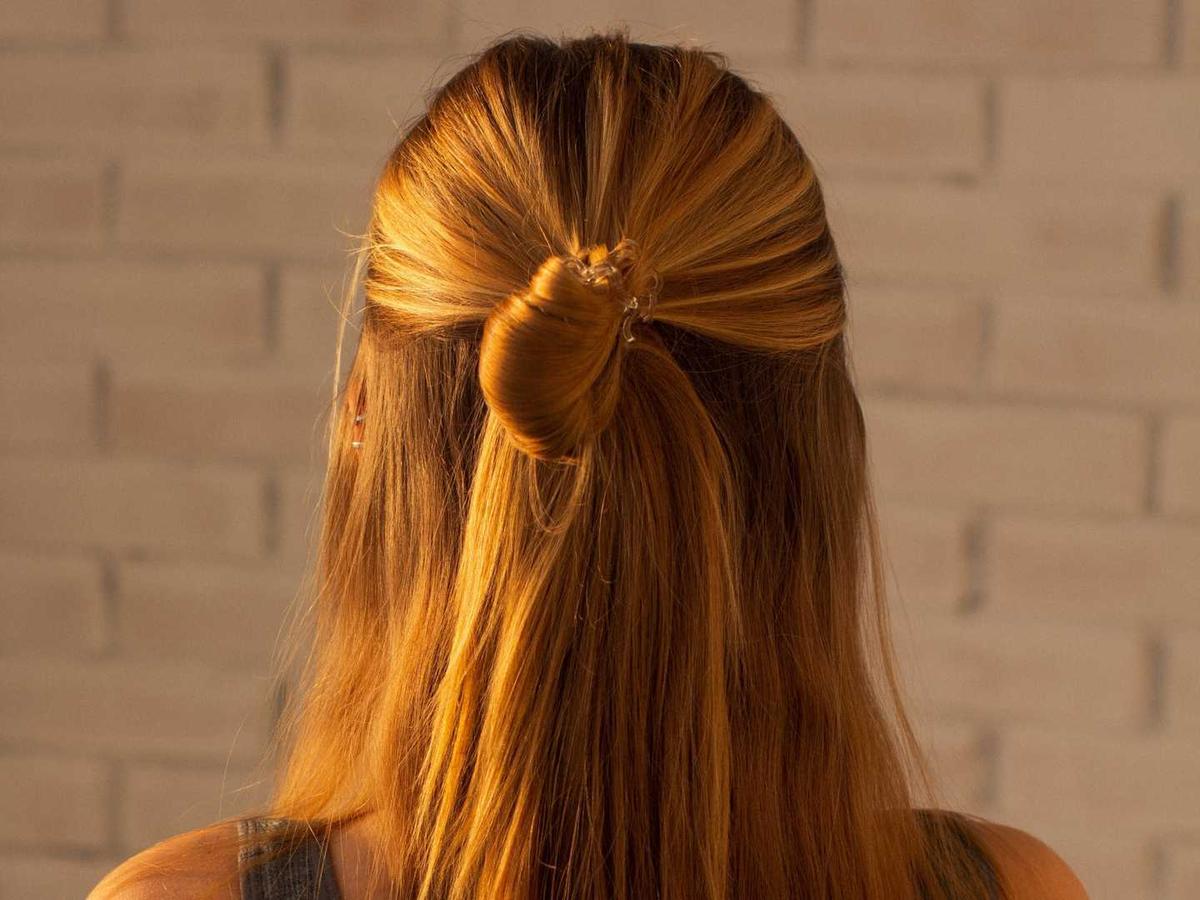
James Turner
Founder & Lead Designer
Expertise
Interior Design, Sustainable Design Practices, Spatial Planning, Innovative Material Applications, Contemporary Art Techniques, Visual Communication, Multimedia Artistry, DIY Design and Home Projects, Eco-Friendly Living Spaces, Creative Solutions
Education
University of Cincinnati College of Design, Architecture, Art, and Planning (DAAP)
Columbus College of Art & Design (CCAD), Columbus, OH
James Turner is the founder and lead designer at Velocity Art and Design. He studied Interior Design at the University of Cincinnati, focusing on eco-friendly design and smart use of space.
Later, he expanded his artistic skills with a Fine Arts Certificate from the Columbus College of Art & Design, where he learned about modern art and visual storytelling.
With over 10 years in design, James is passionate about making spaces that are both beautiful and practical. He shares his DIY tips and creative ideas to inspire others to explore their own creativity and transform their living spaces.